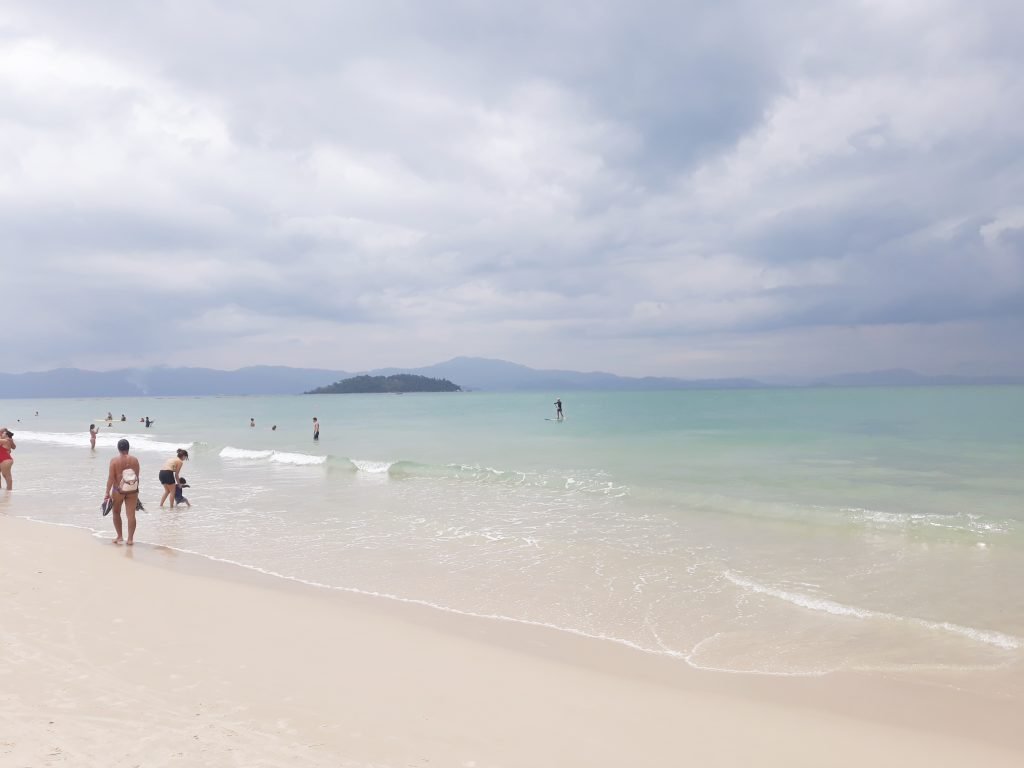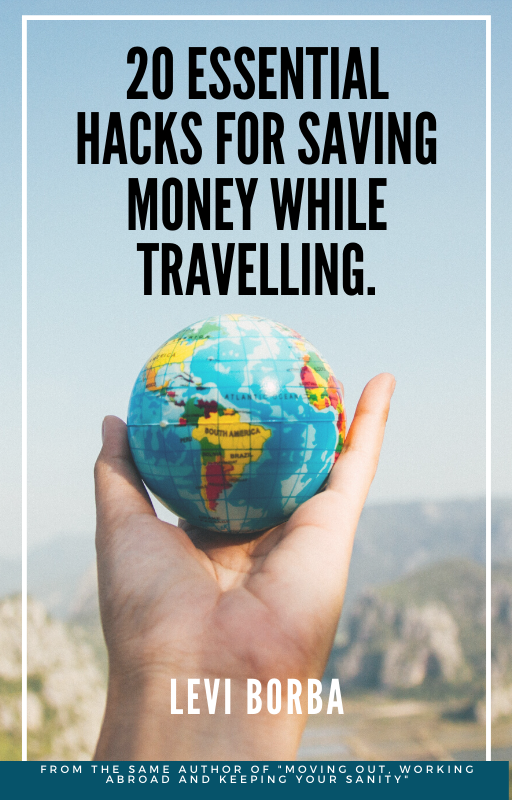Two American cities enter into a bar
In one, the homicide rate is 11.3 per 100,000 people. In the other, it’s 29.1.
Now a third city arrives, with just 2.94 per 100,000.
The first two? Philadelphia and Baltimore.

The third? Buenos Aires, Argentina
This is only one of the many examples of large, safer cities in Latin America – a reality that mainstream media rarely shows you.
The disconnect between perception and facts regarding Latin American safety has never been greater.
- Miami or Brasília?
- Phoenix or Santiago?
- Austin or Mérida?
If someone asked you which one is safer, what would you answer?
Surprise – the Latin American cities win EVERY time!
Crime rates in the places you will discover today are lower than even in Boston, or Denver in the US, and comparable to some European countries.
And we start with…
Brasília, The Planned Capital of Brazil (7.21 homicides per 100,000)
And by the way, instead of using the word all the time “homicide rate”, I will just say “rate”, so to not be repetitive.
To start with this city might sound like a disappointment for many people.
Brasília is not an organic city – it was built from scratch in the 60s, in the middle of nowhere.
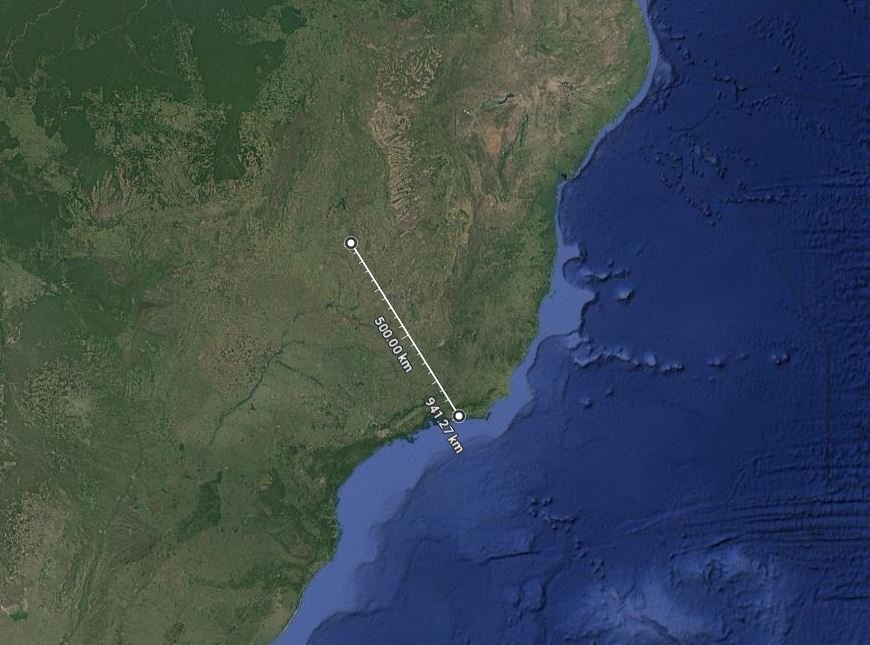
The government said it was to have better defenses in case of war – since the former capital, Rio de Janeiro, was located at the seaside and easier to invade.
But probably the reality is that they just wanted a place far from people, and from protests.
Then they built the city.
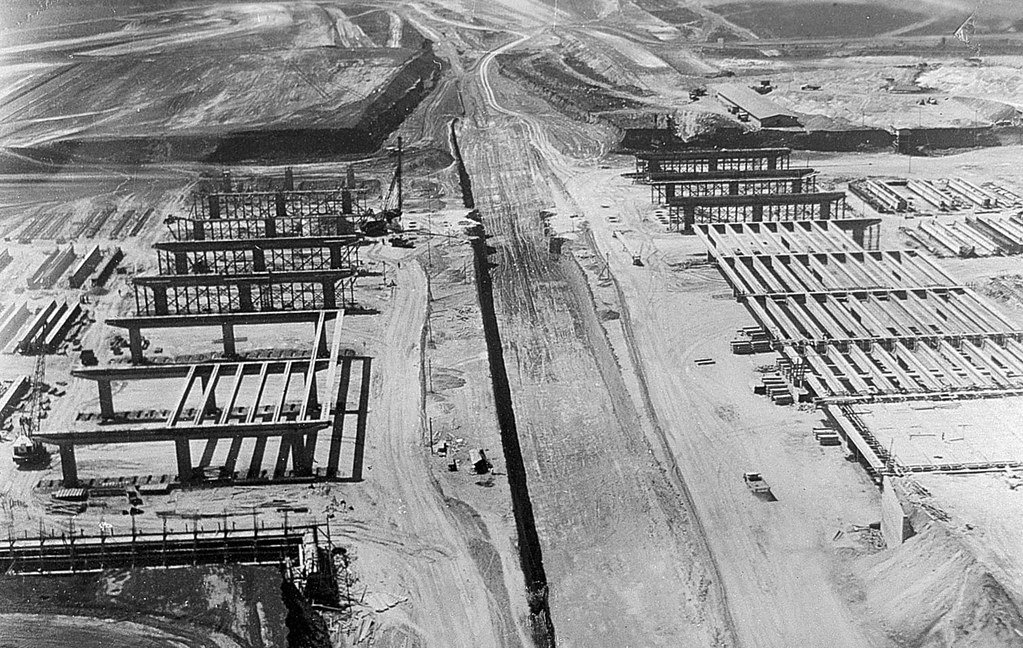
Brasília, Brazil’s capital, was literally built with safety in mind. Unlike the chaotic growth of Rio or São Paulo, Brasília’s wide avenues and open spaces weren’t just aesthetic choices – they actually reduced hiding spots for criminals. The central area, called Plano Piloto, has a visible police presence during daylight hours, creating a big contrast to Brazil’s dangerous reputation.
Americans living in neighborhoods like Sudoeste and Lago Sul report feeling safer than in many U.S. cities. One expat told us, “I feel more secure walking here at night than I did in Chicago.” The city’s rate is 7.21 per 100,000 – lower than Sacramento in California or Phoenix, Arizona.
In 2nd place is…
Mendoza, Argentina
When you think of Argentina, likely you will not think about Mendoza – but this city deserves your attention.

Not long ago, I wrote an article about the 3 best places to retire in Argentina, and Mendoza took one of the spots.
Nestled at the foothills of the Andes Mountains, this is a city where world-class wine tourism meets remarkable safety.
With just 6.73 homicides per 100,000 residents, Mendoza contradicts many assumptions Americans have about safety in Latin America.
While international media fixates on the economic struggles of Argentina, this wine country, somehow an “Argentinian Napa Valley” (but without the Fentanyl addicts) remains largely overlooked despite offering a superior quality of life.
Another comparison with California is due to its climate, somehow similar to what you find in Mediterranean regions, characterized by hot, dry summers and cool, dry winters, with minimal rainfall.
What makes Mendoza particularly safe?
Its geographical position at the base of the Andes has shaped both its economy and security profile. The thriving wine tourism industry, particularly known for its exceptional Malbec wines, has incentivized local authorities to maintain strong security measures.
Mendoza, in many ways, does not look like a large and noisy metropolitan area with almost 1 million people.

You’ll notice a visible police presence throughout tourist areas – not because of danger, but to preserve the city’s reputation as a welcoming destination. If you’re considering making Mendoza your home, focus on downtown Mendoza and Chacras de Coria – neighborhoods consistently recommended by both locals and expats for their safety and amenities.
And while the good wine, the pleasant climate, and the beautiful mountains can raise some comparisons with California, the prices couldn’t be more different
Mendoza is 63% cheaper than San Francisco!
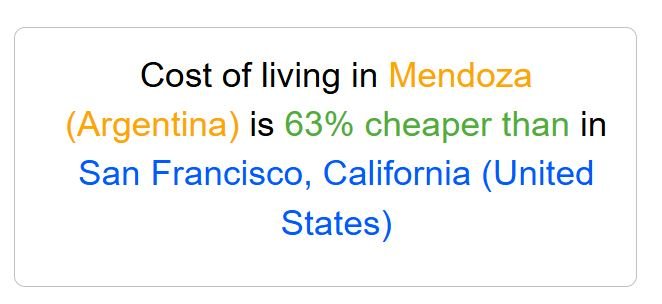
So there, with a limited budget, you can live in a first-class neighborhood, and enjoy this safety with superior quality of life.
The next city might even be more unknown than Mendoza, despite being also a large city.
But before revealing it, I’d like to ask a small favor: if you enjoy this episode, please hit the like and subscribe buttons – this is really important for us.
The 5th safest big city in Latin America is Sorocaba, São Paulo, in Brazil
Probably you are wondering what the heck a Sorocaba is.
So this city is located in the safest region of the safest state in Brazil.

The curious part is that I was born and raised in that region, but somehow even I never noticed this city, or the fact that it has more than 700,000 residents.
Sorocaba is a very, very, non-noticeable city – it is the student who sits in the corner of the classroom, and has good grades but nobody knows how his voice sounds because he never said anything.
Just an hour and a half from São Paulo—Brazil’s massive commercial hub often making headlines for crime—Sorocaba has a homicide rate of 6.08 per 100,000 reisdents.
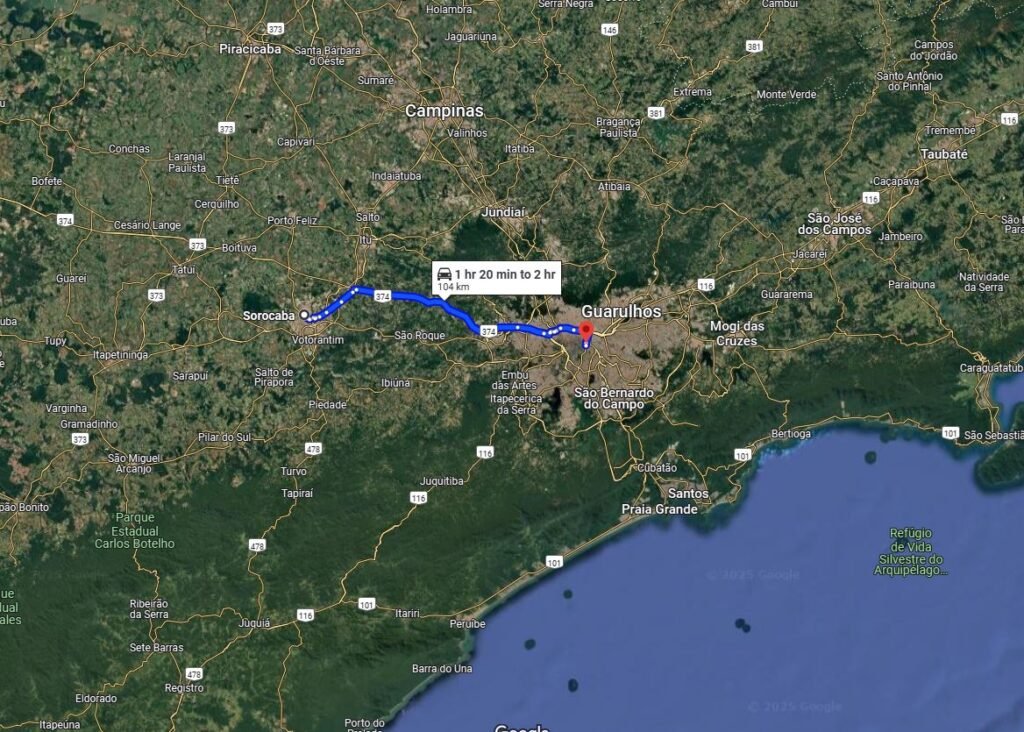
That’s not just low for Brazil—it’s safer than Colorado Springs or Santa Ana in California, and comparable to Glasgow in Scotland.
Sorocaba breaks every stereotype about Brazilian urban areas – while many visitors to Brazil clutch their belongings nervously no matter where they are, locals in Sorocaba paint a different picture.
This is what a resident told us:
“There are some dodgy areas, like Vitória Régia or Itanguá, but it’s a good city. The quality of life is improving. We have lots of parks, many fairs, cultural events, and although it’s a big city, it’s not so big that it’s impossible to learn your way around.”
The streets are notably clean, and you’ll rarely see people begging at traffic lights—visual indicators of the city’s stability that immediately strike visitors.
This safety didn’t happen by accident. Sorocaba has developed into a significant manufacturing center within São Paulo state’s macro metropolis. This industrial development has created economic stability that translates directly to security. The city’s infrastructure investment is obvious to anyone walking its streets or using its services – unless there is heavy rain, because they have issues with flooding.
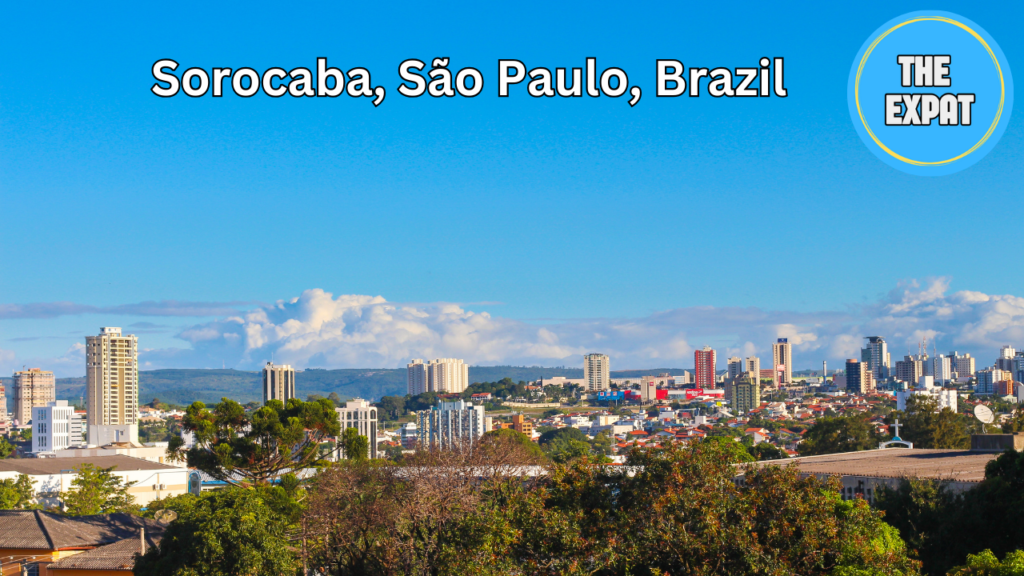
That’s not to say Sorocaba exists in some crime-free bubble. Locals do mention occasional incidents, like a robbery at a shopping center where shots were fired (though no injuries occurred).
Since I mentioned Sorocaba, it would be unfair to not mention Ribeirão Preto, which is also in the same state, and is even safer and richer than Sorocaba, but I could not include it in this ranking because it has less than 700,000 residents.
The next city has more than 3 million residents, and it is a national capital.
Buenos Aires, in Argentina

While practical safety advice remains consistent across Latin America, our next destination shatters the assumption that economic crisis automatically translates to dangerous streets.
Buenos Aires, with its wide Parisian-inspired boulevards and cafés, maintains a surprisingly low homicide rate of just 2.94 per 100,000 residents. This makes Buenos Aires safer than Belfast, in Ireland. Buenos Aires is also safer than Honolulu, in Hawaii, which is one of the safest large American cities.
This low-crime paradox is particularly fascinating given Argentina’s notorious economic rollercoaster. Despite facing inflation rates exceeding 200% in recent years, and multiple economic collapses, the streets of Buenos Aires tell a different story.
As one resident put it:
“It’s safer than most U.S. cities for crimes like robbery.”
The city’s European architectural influence does more than create postcard-worthy vistas – it contributes to safety through well-designed public spaces that encourage constant foot traffic and natural surveillance. Even as economic hardship persists, community vigilance remains strong in certain districts, with locals looking out for one another and maintaining vibrant street life that deters more serious crimes.
That said, petty crime exists as an unfortunate reality.
One resident warned us:
“Be careful with ATMs and taxis, especially at night,” highlighting how the city struggles with opportunistic theft.
For those considering Buenos Aires as a potential home, neighborhood selection matters significantly. Palermo and Recoleta consistently receive recommendations for their safety, particularly during daylight hours. By contrast, areas like Flores and La Boca require additional caution, with locals suggesting to avoid these neighborhoods at night.
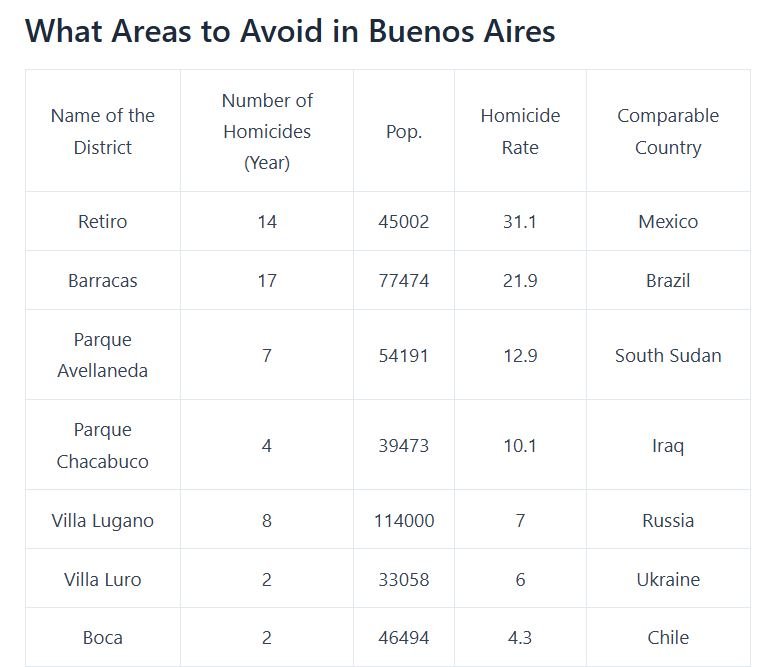
By the way, if you’re reading this article, you’re probably planning to travel abroad for a longer time, and you want to save money and pay fewer taxes. I’ve written three top-rated Amazon books on living abroad, based on my experiences and insights from hundreds who’ve done the same – You can purchase them through this link.

The next name on our list, the 3rd safest big city in Latin America, is probably one of the most impressive cases of all.
Until a few years ago, it was one of the most dangerous cities in the world – and now has European levels of safety!
San Salvador, El Salvador: The Unexpected Transformation
(2.43 homicides per 100,000)
What happens when a place notorious for extreme danger undergoes a transformation so dramatic that global perceptions haven’t caught up?
While neighborhood knowledge matters in any Latin American city, El Salvador’s capital has rewritten its entire safety narrative in just a few years. Once topping global murder rankings with rates exceeding 100 per 100,000 residents, San Salvador now boasts a rate of just 2.43 – making it statistically safer than Austin, Texas, or Latvia, in Europe.
It is a 97% decrease!
The question isn’t just how this happened, but why so few people know about it.
The media’s portrayal of San Salvador remains stuck in the pre-2019 era, when gang violence dominated headlines.
Today’s reality tells a different story.
Since President Nayib Bukele implemented his controversial security policies in 2019, the transformation has been nothing short of remarkable. His aggressive crackdowns on gang activity have fundamentally altered the city’s safety landscape, though human rights organizations have raised concerns about the methods.
Walking through San Salvador’s historic center today, you’d hardly recognize it from descriptions just five years ago. The government has invested heavily in infrastructure improvements, creating welcoming public spaces with enhanced lighting and security cameras. Parks that once stood empty now bustle with families. These revitalized zones have become symbols of the city’s rebirth.
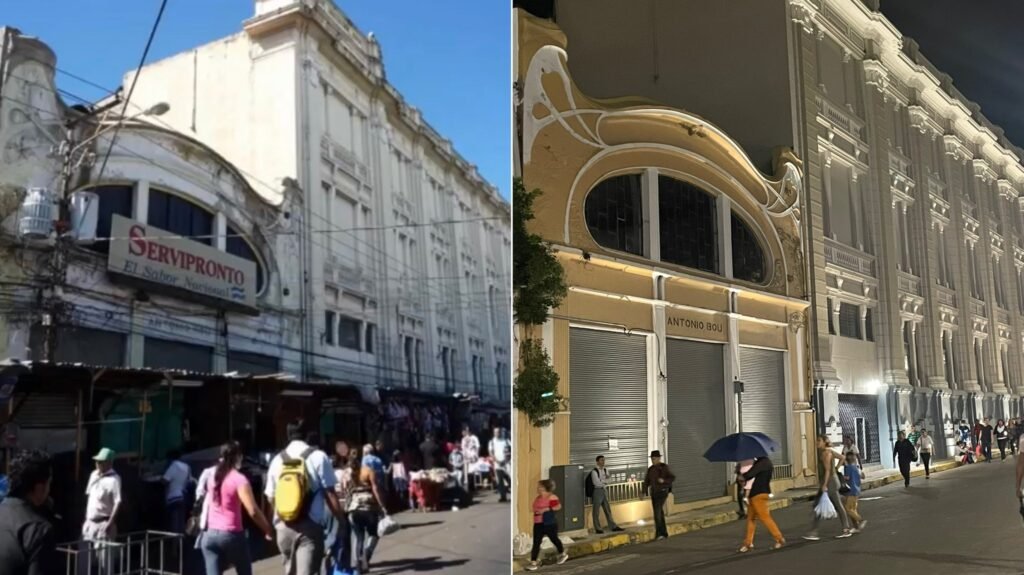
American expats living in upscale areas like Escalón, Santa Elena, and San Benito report experiences that contradict long-held stereotypes. One recent American arrival shared, “I was initially terrified to move here based on what I’d read online. Now I walk around at night and feel completely secure – something I couldn’t do in my hometown.” Another mentioned, “The security presence is visible but not intrusive. It’s comforting rather than concerning.”
Now, I want to challenge you to guess which major city has a lower homicide rate: Boston, Massachusetts, or Santiago, Chile?
If you picked Boston, you’d be wrong.
Santiago’s homicide rate of 2.31/100,000 makes it safer than many US cities…
…yet most Americans would never guess this.
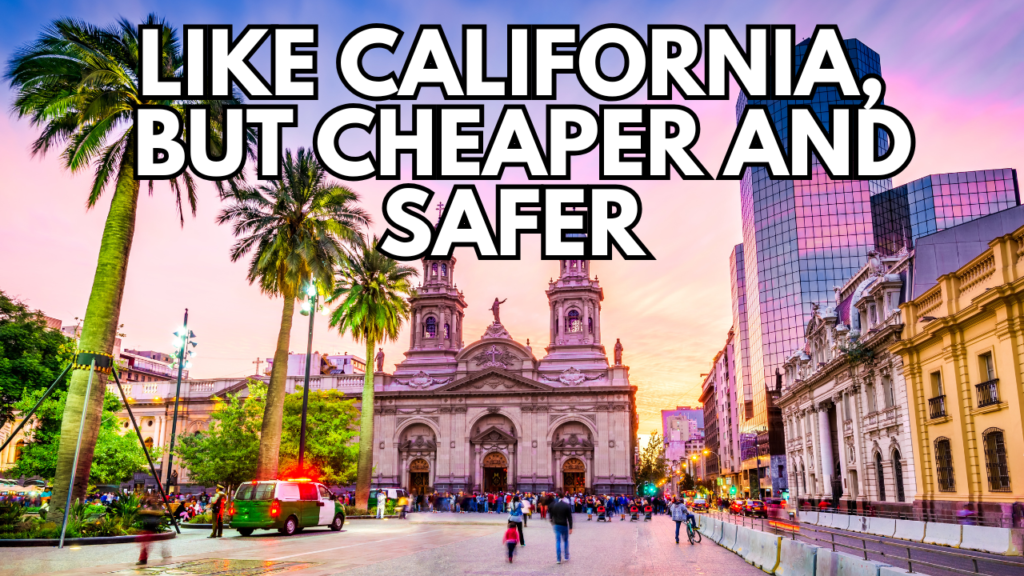
Ever wondered why Chileans look confused when foreigners ask about safety concerns in Santiago? It is the 2nd safest big city in Latin America, yet it remains conspicuously absent from conversations about secure places to live abroad.
In good part, this is because of the Chileans themselves.
If you ask them (and if you can understand their dreadful Spanish), they will tell you that Santiago is no longer safe, that it got much worse.
Maybe this is true.
I lived in Santiago, and although it was many years ago, my memories are that it was a spectacularly safe city, and pleasant to live in. Modern metro systems, well-maintained parks, and gleaming business districts create an environment that – if not for the language – would look like parts of Australia.
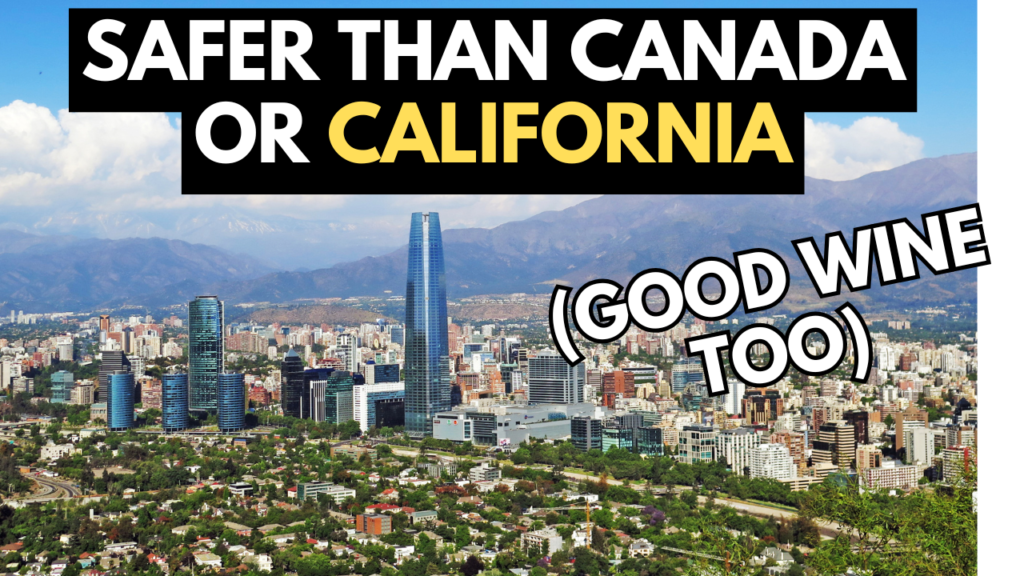
Yes, the public transport was a bit crowded sometimes, and when it rained (a rare phenomenon) it became chaotic, but other than that, it even didn’t look like Latin America.
(I guess this last phrase will anger more people in the comment section).
There is a chance it got worse during the last few years – indicators suggest that crime increased at least 20% in the since 2012.
But even with a 20% increase, it is still a safe place – safer than Brussels, in Belgium.
One of the biggest downsides of Santiago is that it is expensive – it is one of the most expensive capitals in entire Latin America, and more expensive than the country where I currently live in Europe.
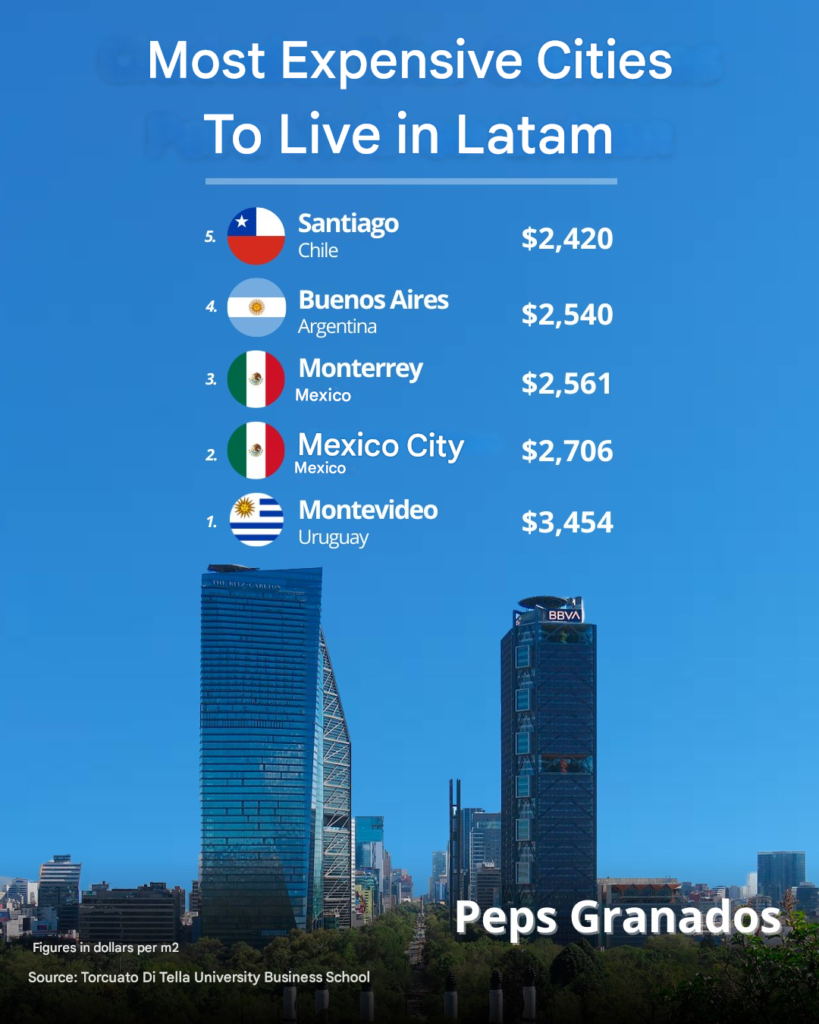
Eastern (Oriente) and Western (Poniente) Santiago are also very contrasting, and not all neighborhoods are created equal.
Providencia, Las Condes, and Vitacura – all on the eastern side – represent the gold standard for safety, featuring excellent infrastructure and substantially lower crime rates. These districts house thriving expat communities whose members frequently express surprise at how comfortable they feel. Meanwhile, Santiago Poniente requires additional vigilance, particularly after dark, as they see higher rates of petty theft and pickpocketing.
Residents recommend the use of the “banano” – a slim fanny pack worn under clothing – to protect valuables while moving through the western part of the city.
Ok, so time for the first place in our list.
Right now, I want you to picture what a safe city looks like. Clean streets, families in parks, people dining outdoors at night. Now, would you be surprised to learn I’m describing not a European capital , but….
Mérida, in Mexico: The Safest Large City in Latin America
Just north of the Yucatán Peninsula lies Mérida, a Mexican metropolis with more than 1.3 million residents and a rate of 1.5 per 100,000—lower than San Diego in California. It is a rate lower than Canada’s.
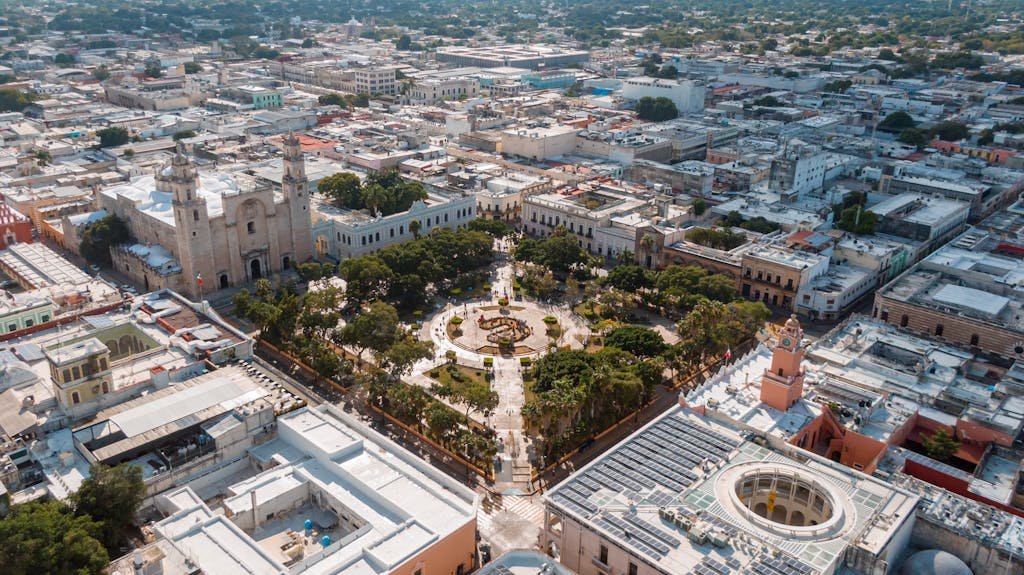
Its violent crime rates are even lower than the rates of Luxembourg, the richest country in the world!
So how can a city in Mexico—a country that topped 30,000 homicides per year—be the safest major city in all of Latin America, be safer than rich European countries?

The answer lies in Mérida’s unique geographic positioning. Located about 35 kilometers inland from the Gulf of Mexico, the city sits far from major drug trafficking routes. This isolation has created a safety bubble where cartel activity is virtually non-existent.
Despite having more than 1.3 million people, some parts of the city have a small-town vibe.
Around 10,000 foreigners live in Mérida. Its modern suburbs and historic downtown are full of excellent restaurants, cafes, shops, and parks.
As the lively capital of the Yucatan state, it is a very historical city. The city’s center, Plaza de la Independencia, is bordered by the fortress-like Mérida Cathedral and the white limestone Iglesia de la Tercera Orden are some of the main landmarks.
The safety equation goes beyond just location. Here, robbery isn’t just illegal—it’s socially unacceptable in a way that creates powerful cultural barriers against crime. This cultural foundation is reinforced by a well-equipped police force that receives higher pay than the national average, reducing corruption and increasing effectiveness.
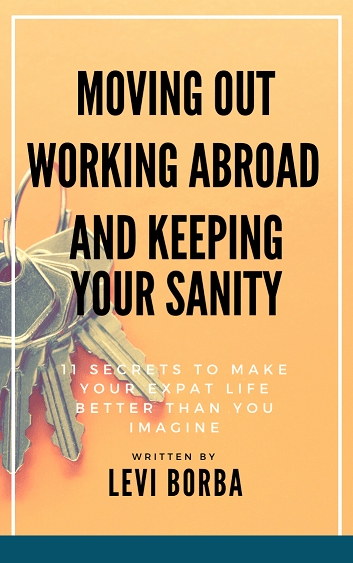
Perhaps most fascinating is what locals call the “neutral zone” phenomenon. A widespread rumor suggests that cartel families have designated Mérida as a place where no criminal activities are conducted—a sort of unspoken agreement that helps maintain the city’s peaceful status.
For expats seeking the safest possible experience, neighborhoods in north Mérida and Montebello offer exceptionally low crime rates coupled with strong community environments.
American residents consistently report experiences that contradict typical perceptions of Mexico. One expat notes, “Mérida is not on the drug trail, so there’s no territorial dispute here.” Another adds, “You can walk around at night without worrying too much.”
Mérida is also one of those cities where you can buy a home for less than US$100,000 – a price that in the US would put you in a trailer park, at best. Do you want to know which other nice, but untold cities, offer such amazing possibilities?
Check our article about where retirees can buy a home for less than US$100,000, and live with quality of life – from Chile to Italy – and be ready for a surprise.
Levi Borba is the founder of expatriateconsultancy.com, creator of the channel The Expat, and best-selling author. You can find him on X here. Some of the links above might be affiliated links, meaning the author earns a small commission if you make a purchase.
